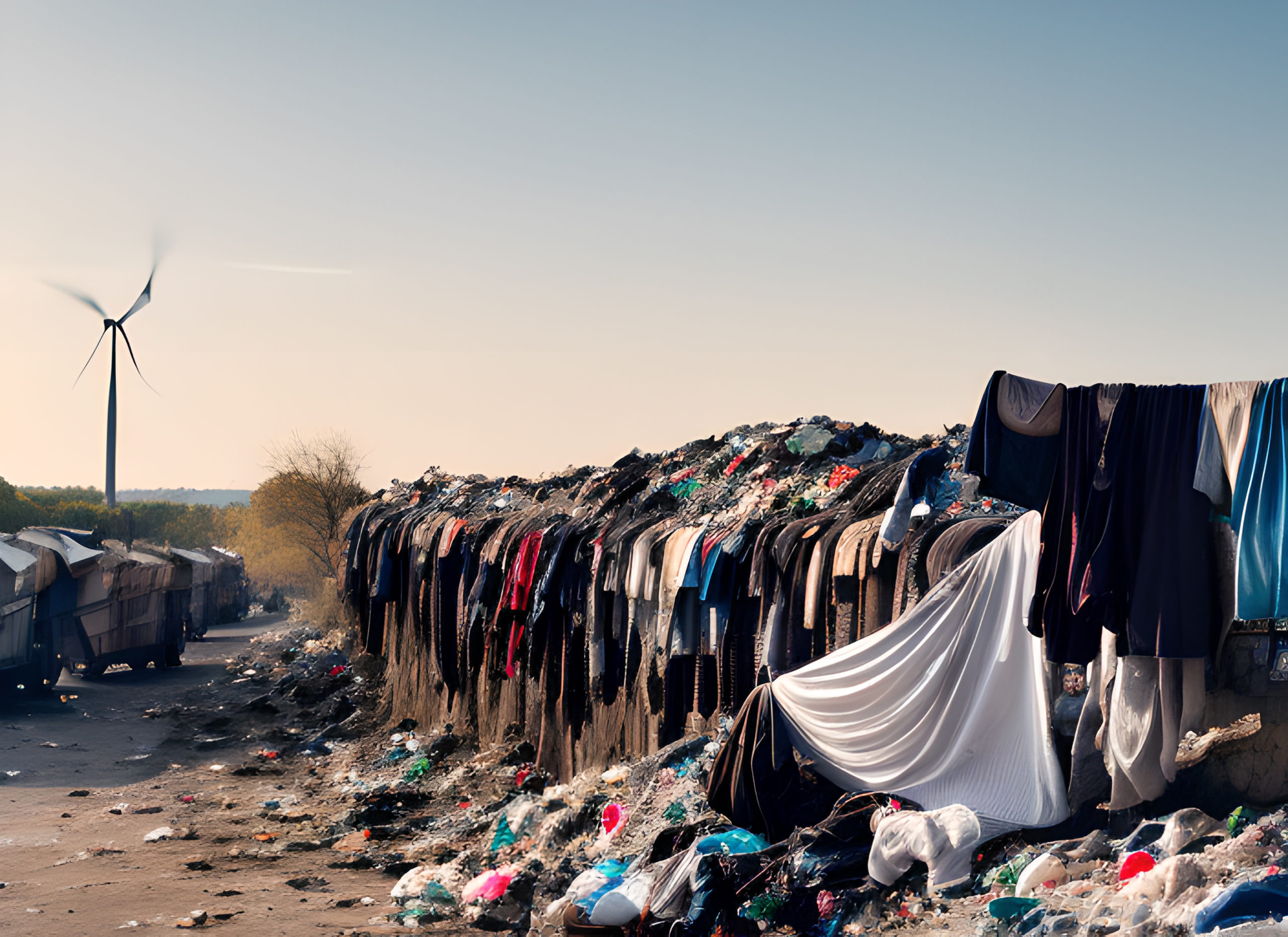Before the industrial revolution, creating clothes was no easy task. Textile merchants relied on spinning, threading, weaving, and sewing by hand to manufacture products. Consequently, clothes were much more expensive. Buying a new outfit or pair of shoes was done only out of necessity unless you were exceptionally wealthy. However, the Industrial Revolution brought about new technology that allowed manufacturers to create textiles at a significantly faster rate and a lower price. Suddenly, having the latest things became a social necessity, and modern consumer culture was born.
Each technological advancement since, whether it be agricultural strategies to grow crops like cotton faster, the invention of synthetic fibers, or improvements in transport, has further propelled a globalized economy fueled by cheaply produced goods. While many industries have benefited from this shift, with the added help of social media culture, the fashion industry has made particularly good use of quickly made, low-cost products to become a multi-billion dollar industry.
Nearly as soon as new looks from the runway are posted online, clothing companies get to work creating copies to sell to the everyday person. Consumers can buy any style of clothing or shoes they want, and as the fashion looks change, they can throw away or donate their old clothes and buy something new. Yet, even if someone wants to keep their pieces long term, the clothes bought from fast fashion companies are often so cheaply made that the quality of the garments can only hold up for a short while anyway. All of these factors combined create a system where textiles end up in landfills at an alarming and increasing rate.
Textiles and landfills
17,030 thousand U.S. tons of fabric were manufactured in 2018 alone, and 11,300 of those tons ended up in landfills. The sheer quantity of clothes, shoes, and other fabric products being thrown away demonstrates the immense amounts of precious water and natural resources that go to waste each year.
Not all textiles are manufactured equally. Synthetic fibers like polyester and nylon are plastic fibers made with fossil fuels, chemicals, and water. Their production, therefore, increases gasses like CO2 and methane released into the atmosphere, further polluting the environment and exacerbating global warming. Once in a landfill, these fibers can take decades to decompose. On the other hand, natural fibers like cotton or wool can be made with much lower carbon emissions and will decompose quickly in a landfill.
Donating your used clothes might seem like the best move to avoid dumping fabric in landfills. However, clothing donated to charities like goodwill or salvation army is often either recycled to make rags, insulation, or sometimes new clothes or shipped to less developed countries. Once abroad, the clothes are sold in street markets, threatening local businesses, or deemed unusable and sent to local landfills. Less developed countries tend to have fewer safety regulations in their landfills. Unlike the United States or Europe, where landfills are better suited to manage toxic chemicals released by decomposing waste, developing nations often left with the western world’s textile waste cannot dispose of the excess properly, causing environmental damage.
Textiles and water
After reading about landfills, you may be convinced natural organic fibers are the way to go. However, these textiles require significantly more water as well as land to grow or raise the sources of natural fibers like cotton, linen, and wool. On average, the production of a single t-shirt requires 2,700 liters of water, which is enough drinking water for one person for two and a half years. Recycling and synthetic fibers, while requiring significantly less water, still need amble water to get the job done.
What can you do?
Buying new clothes and shoes can be very exciting, especially when you can buy clothes from around the world in minutes with a click of a button. But, fast fashion is causing a significant impact on the environment. This negative impact is immediate and can be seen in the world’s oceans, rivers, air, and climate. It might be tempting to buy the newest trends as they go on sale. However, the best strategy to date to fight the problem of textile waste is to buy less. So be a more resourceful consumer, buy used clothes when possible, and most importantly, avoid buying clothes multiple times a year. Visit Smart Energy Education, Watt Watchers and Resourcefulness.org to learn more about our energy resources and how you can make a difference. And don’t forget to follow Resourcefulness on Facebook and Instagram.


